A sinus lift, also known as sinus augmentation, is a crucial surgical procedure in dentistry that enhances the possibility of successful dental implants by creating space for new bone growth in the upper jaw area, where the maxillary sinus is located. This procedure is particularly important for patients who have lost teeth in this region and lack sufficient bone to support dental implants due to factors like natural bone resorption or the thinness of the bone between the sinus and the jaw. The process involves lifting the sinus floor and adding bone graft material to the space, facilitating the formation of new bone and ensuring that dental implants can be placed safely and effectively.
Understanding the sinus lift procedure
The sinus lift procedure is a specialized surgical technique that plays a pivotal role in modern dentistry, particularly in the realm of dental implants. This section delves into the intricacies of the procedure, its importance, and the various aspects that make it a cornerstone of dental restoration.
The maxillary sinus: A breakdown
The maxillary sinus, a hollow cavity, resides within the bone structure of the upper jaw. Specifically, this air-filled space is positioned above the posterior, or the rearmost, teeth located in the upper dental arch. Consequently, the location of the maxillary sinus means it is intimately related to the roots of these specific molars and premolars.
- When upper teeth are missing, the jawbone deteriorates.
- This bone loss can hinder the placement of dental implants.
The sinus lift procedure corrects this. It raises the sinus floor and incorporates bone grafting material. This creates a solid base for implants.
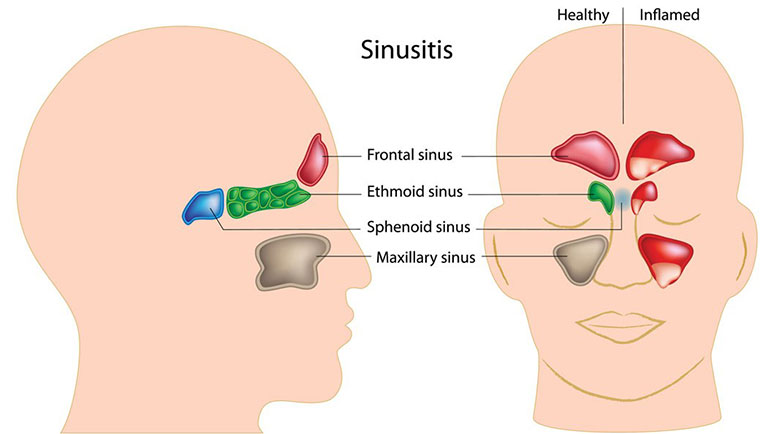
Step-by-step surgical approach
A procedure frequently handled by highly trained experts in the field of dentistry is a sinus lift. This intricate undertaking follows a specific series of crucial actions performed in a particular sequence. It’s a carefully orchestrated process.
- Anesthesia is delivered to the patient for their comfort.
- An incision is made in the gum to reach the sinus floor.
- The sinus membrane is cautiously lifted.
- Bone graft material is added into the space. This material can originate from the patient, a donor, or be synthetically produced. Finally, the incision is closed with sutures. Specific post-operative directions are provided.
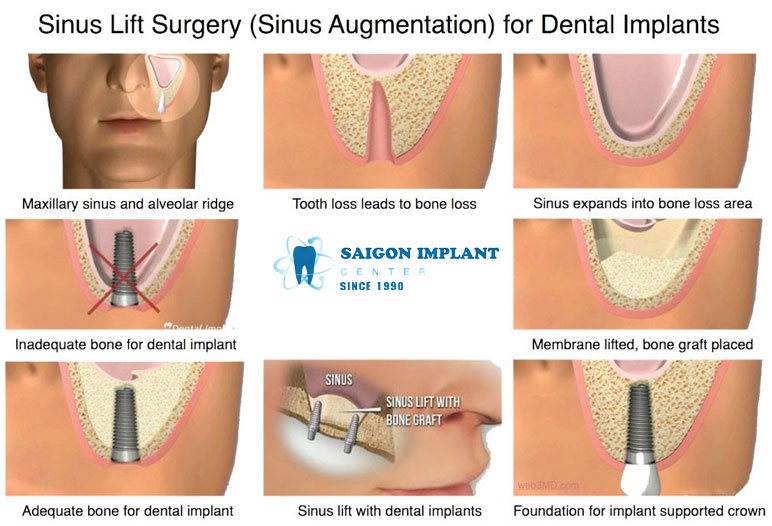
Healing and aftercare
Following completion of the medical intervention, specific post-treatment care protocols are crucial for facilitating a smooth recuperation process. It is imperative that individuals who have undergone the procedure diligently comply with the carefully outlined guidelines provided by their healthcare professionals. Strict adherence to these postoperative directives is absolutely essential in order to optimize healing and minimize the potential for complications.
- Avoid vigorous activity.
- Practice meticulous oral hygiene.
- Take any prescribed medication to ward off infection.
Healing timelines differ based on each person’s health and the extent of the surgery. Follow-up visits are crucial for monitoring recovery and bone graft integration.
Here is our bone graft and sinus lift price of Saigon Center Dental Clinic:
| BONE GRAFT, SINUS LIFT | DENTAL IMPLANTS COST (USD) |
DISCOUNT PRICE (USD) |
| Bone graft | 200 – 320 | |
| Sinus lifting | 320 – 520 |
Risks and possible issues
Various potential obstacles and difficulties could surface. This procedure, even though generally regarded as secure, carries the possibility of complications. The intervention, also acknowledged as maxillary sinus augmentation, has a history of success; nevertheless, one must be aware of the potential adverse effects that might manifest.
Patients should be fully informed regarding the probability of encounters despite the dental surgeon’s expertise and adherence to established protocols. The scope and type of these challenges can differ, affecting recovery and overall therapeutic outcome. Pre-operative planning and understanding of the technique are essential to mitigate any of the possible scenarios.
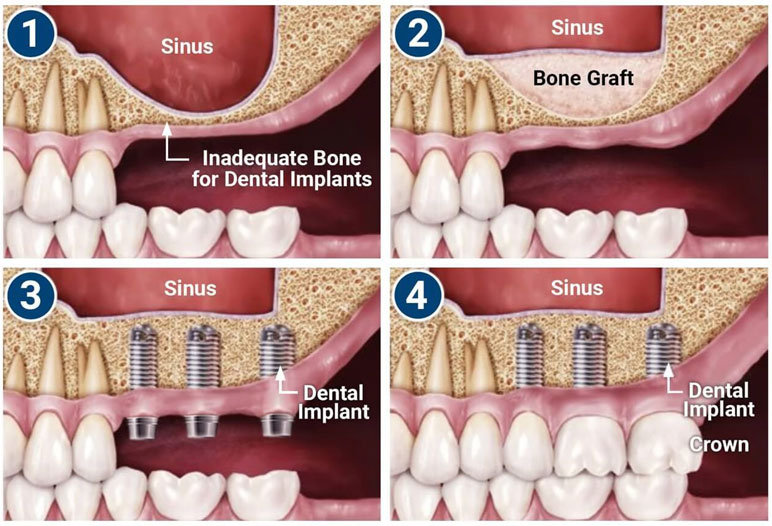
Detailed patient education about the procedure’s possible faults is paramount to the informed consent process and a realistic expectation of the process to follow. The possibility of infection, graft failure, or sinus membrane perforation needs to be clearly explained. These unforeseen circumstances might range in severity from minor inconveniences to events that require further treatment.
- Infections might occur.
- Sinusitis could develop.
- Bone growth might be insufficient.
Some patients are more prone to problems. This includes those with specific health issues or smokers. Open communication with the surgeon is essential. Talking about your health history lowers the chances of problems
The importance of sinus lift in dental implantology
The sinus lift procedure is a critical step in the journey towards successful dental implants. This section explores the reasons why this procedure is essential, the benefits it offers, and the impact it has on the overall success of dental implants.
Sinus lifts facilitate dental implants by readying the upper jaw. Tooth loss causes bone deterioration, shrinking bone volume, and hindering implant placement. A sinus lift rebuilds the bone structure with a graft.
Sufficient and quality bone is crucial for implant survival. Sinus lifts boost implant success, especially where the bone is naturally thinner. The procedure guarantees enough bone for lasting stability.
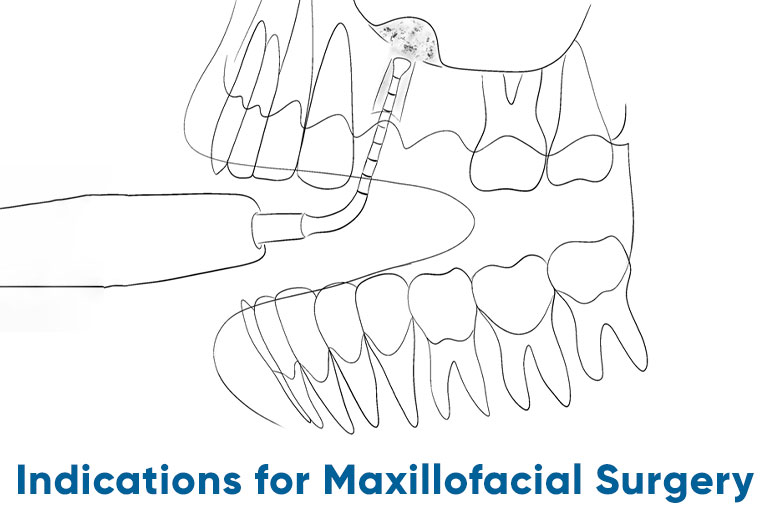
Beyond mechanics, sinus lifts improve oral health and appearance. Rebuilding the jaw bone corrects facial contours often lost after bone shrinkage. Implants restore normal chewing and speech.
Dental implants’ enduring advantages stem from more than just their immediate results. Augmenting the upper jaw bone helps prevent additional bone deterioration and supports facial structure. Still, procedure efficacy hinges on aspects like patient well-being, the graft’s quality, and adherence to prescribed aftercare.
The evolution of sinus lift techniques
The sinus lift procedure has evolved significantly over the years, with advancements in surgical techniques and materials leading to improved outcomes and reduced risks. This section explores the history of the procedure, the latest innovations, and the future of sinus lifts in dentistry.
Originally conceived in the 1970s, the sinus lift addressed upper jaw implant placement obstacles. Initial approaches were rudimentary, lacking current anatomical and sinus function knowledge. Subsequent imaging and surgical innovations have led to more refined, successful methods.
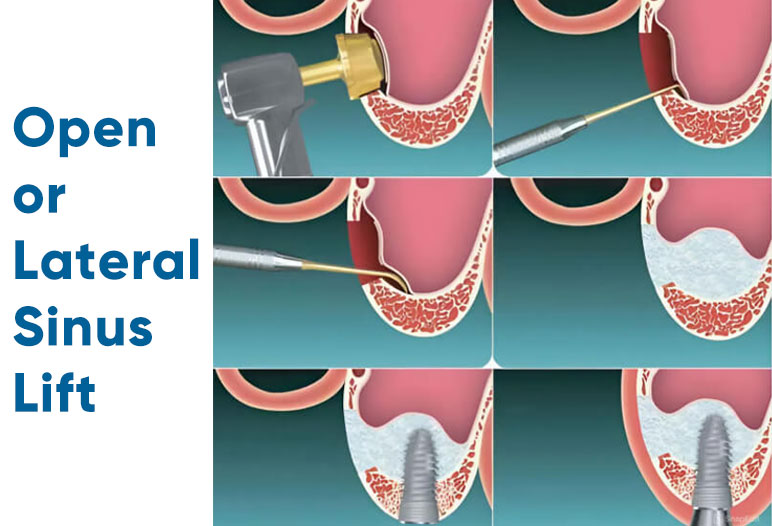
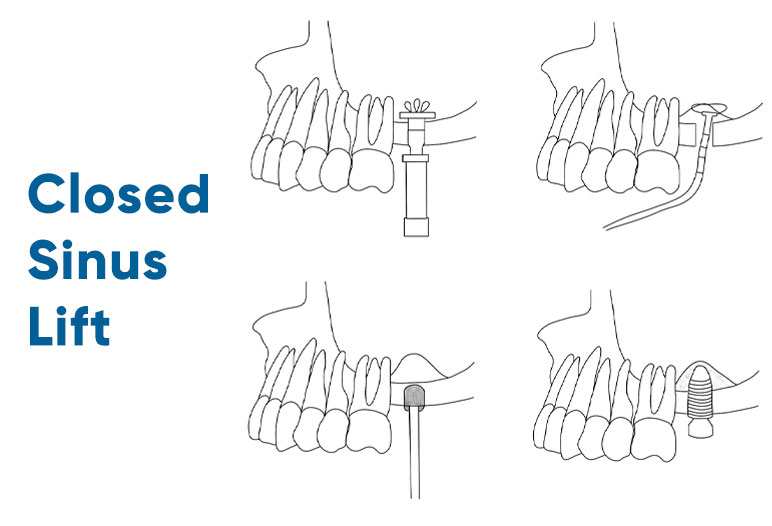
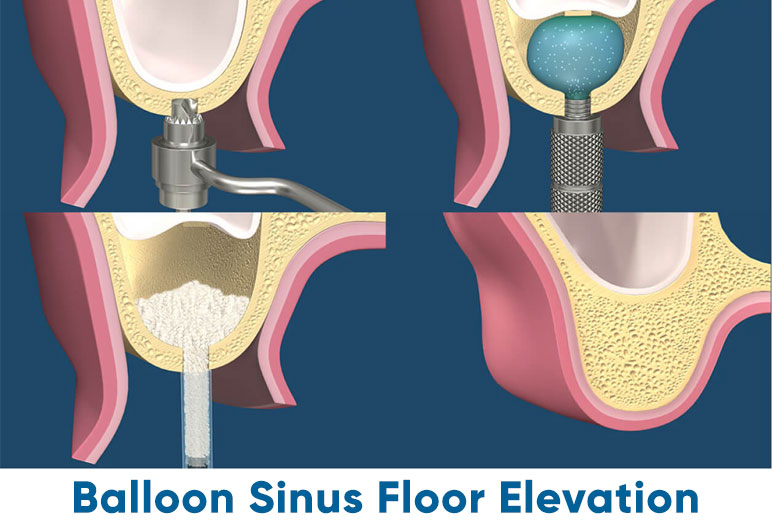
Contemporary sinus lifts employ various techniques, including lateral window and osteotome approaches; selection depends on the individual and the surgeon’s experience. Success rates also benefit from modern bone graft materials, like rhBMP-2.
Minimally invasive techniques represent a major advance in this surgery. These aim to minimize trauma, accelerate healing, and reduce side effects. Approaches like transcrestal sinus lifts and piezoelectric instruments enable the procedure with minimal tissue disturbance.
Future dental sinus lift evolution will likely involve continued research and technology. Bioactive materials enhancing bone regeneration without extensive surgery are a focus. Personalized bone grafts created via 3D printing also show potential for increased precision and procedural effectiveness.
Patient considerations and decision-making
The decision to undergo a sinus lift procedure is a significant one, and it is important for patients to be well-informed about the process, the risks, and the potential benefits. This section provides guidance on what patients should consider when deciding whether to proceed with a sinus lift.

Assessing the need for a sinus lift
The first step in the decision-making process is to assess whether a sinus lift is necessary. This typically involves a thorough examination by a dental professional, including imaging studies to evaluate the bone height in the upper jaw. Patients who have lost teeth in this area and are considering dental implants are the most likely candidates for a sinus lift.
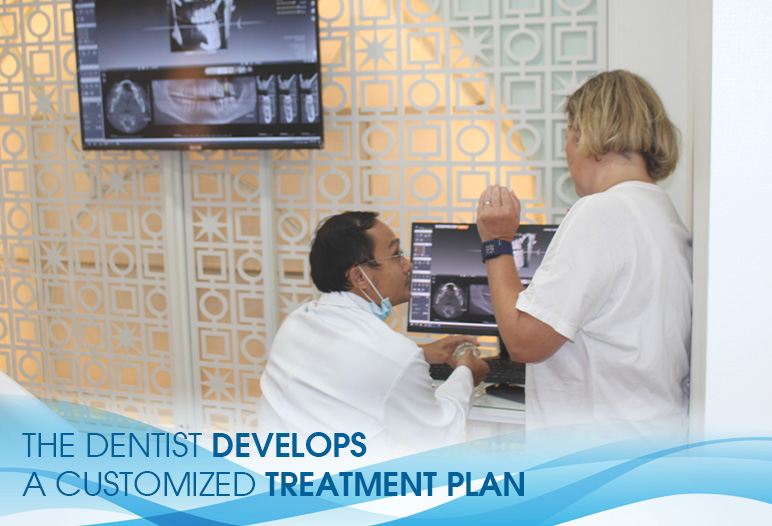
Understanding the risks and benefits
It is important for patients to have a clear understanding of the risks and benefits associated with the sinus lift procedure. While the procedure can significantly enhance the success of dental implants, it is not without risks. Patients should discuss their medical history, lifestyle factors, and any concerns they may have with their surgeon to make an informed decision.
Preparing for surgery
Preparation for a sinus lift procedure involves several steps, including a comprehensive dental examination, imaging studies, and a discussion of the surgical plan. Patients may also need to make lifestyle changes, such as quitting smoking, to reduce the risk of complications. It is important for patients to follow their surgeon’s instructions carefully to ensure the best possible outcome.

Post-Operative Care and Follow-Up
After the sinus lift procedure, patients will need to follow specific care instructions to promote healing and prevent complications. This includes taking prescribed medications, maintaining oral hygiene, and attending follow-up appointments. Patients should also be aware of the signs of potential complications, such as infection or sinusitis, and seek prompt medical attention if they occur.
Conclusion
The sinus lift procedure is a vital component of modern dentistry, particularly in the context of dental implants. By addressing the challenges of bone loss in the upper jaw, this procedure enables patients to achieve successful dental restorations and improve their overall oral health and quality of life. While the procedure is not without risks, advancements in surgical techniques and materials have made it safer and more effective than ever before. For patients considering dental implants, a sinus lift may be the key to achieving a healthy, functional, and aesthetically pleasing smile.

 Google Reviews
Google Reviews Call
Call
SAIGON IMPLANT CENTER
Best dentist in Vietnam
Saigon Implant Center - Dental Clinic utilizes the latest technology for specialized treatment in the field of Single implant, full jaw implants, All on 4 implants, All on 6 implants, Zygoma implant....
SAIGON IMPLANT CENTER
Best dentist in Vietnam
Saigon Implant Center - Dental Clinic utilizes the latest technology for specialized treatment in the field of Single implant, full jaw implants, All on 4 implants, All on 6 implants, Zygoma implant....